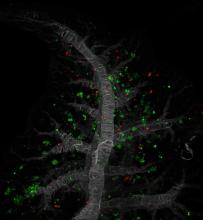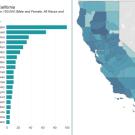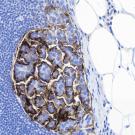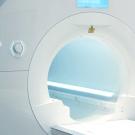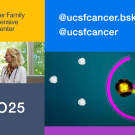News
UCSF Health Named Among Nation’s Best for 2025-2026
UCSF Health-UCSF Medical Center* has again been named to the national Honor Roll in U.S. News & World Report’s 2025-2026 Best Hospitals rankings for adult care, a distinction earned by only 20 medical centers nationwide and four in California. It tied as the No. 1 hospital in California and ranked
Gift Launches $200M Initiative for the Weill Cancer Hub West
A visionary $100 million matching grant from the Weill Family Foundation is bringing together two leading cancer centers to launch the Weill Cancer Hub West — an innovative collaboration among some of the nation’s most talented scientists that will transform cancer research and care in the next
Do These Two Cancer Drugs Have What It Takes to Beat Alzheimer’s?
Scientists at UC San Francisco and Gladstone Institutes have identified cancer drugs that promise to reverse the changes that occur in the brain during Alzheimer’s, potentially slowing or even reversing its symptoms. The study first analyzed how Alzheimer’s disease altered gene expression, the
HDFCCC Funds Three Pilot Projects in Support of Community-Engaged Research
The UCSF Helen Diller Family Comprehensive Cancer Center (HDFCCC) has funded three pilot awards of $25,000 to support community-engaged cancer research and translation, education, and outreach addressing the needs of communities in its 25-county catchment area. The projects feature partnerships
Science Clears the Way to Treating the Trickiest Bladder Cancers
Scientists at UC San Francisco have found a way to identify and possibly treat a mysterious type of bladder cancer that affects up to 1 in 4 cases. First, they found a marker on the surface of the tumor cells that until now had only been associated with ovarian cancer; then they designed CAR-T
Worried About Getting a CT Scan? Here’s What to Ask Your Doctor
Medical imaging scans that create detailed images of the body’s internal structures are widely used in medicine. Doctors need them to detect and manage certain types of cancer, assess the extent of traumatic injuries, and diagnose and treat many other medical conditions. But the scans, known as
Predictive Biomarkers, Tailored Therapy Among Conference Presentations
Oncology specialists from UC San Francisco will present new clinical research findings and cutting-edge treatment strategies at the 2025 American Society of Clinical Oncology (ASCO) Annual Meeting, May 30 to June 3 in Chicago. Leading cancer researchers will present talks about advances in targeted


